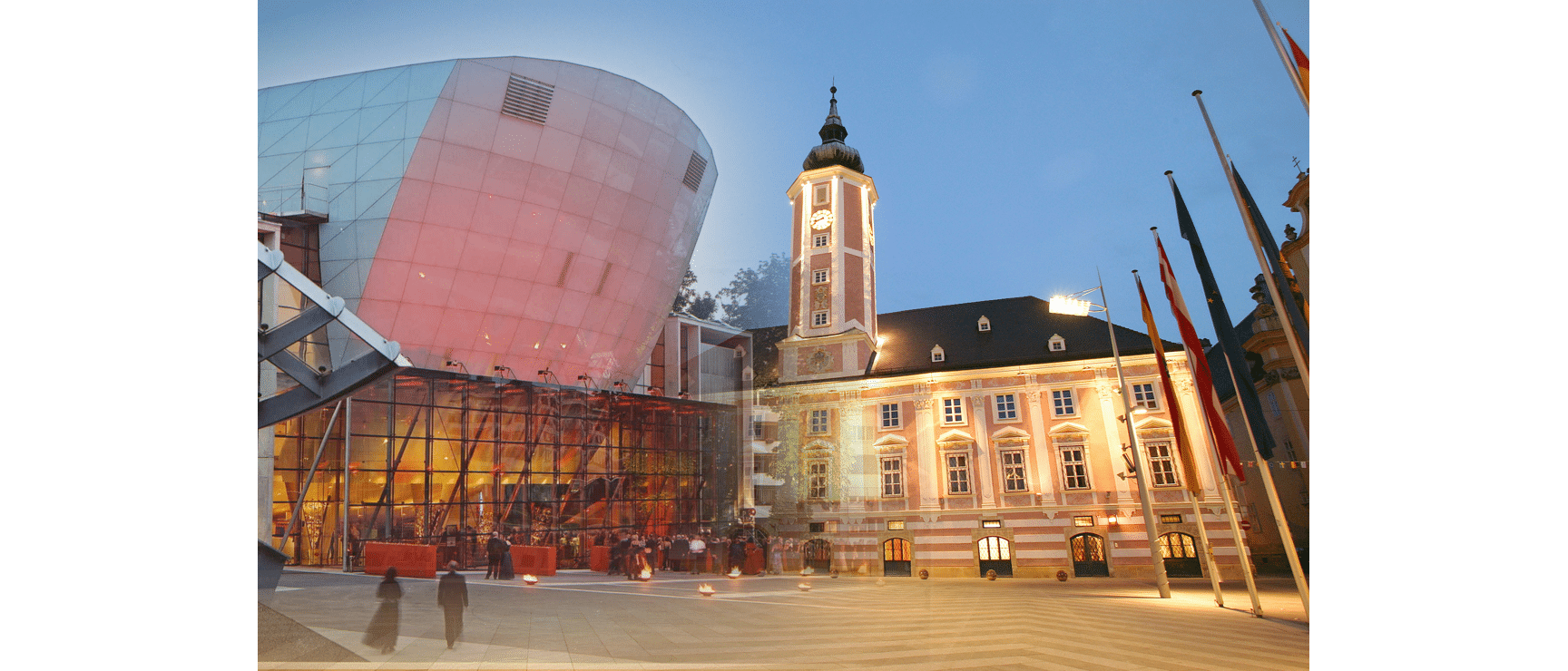
St. Pölten in Winter
Austria's youngest provincial capital, where Baroque meets modernity
Austria’s youngest state capital is looking ahead. In the modern Festspielhaus – home to the Tonkünstler Orchestra of Lower Austria – classical and contemporary music, dance, and performance are showcased. The innovative government district, featuring the architecturally striking “Landtagsschiff,” also points to the future. The cultural district, with the Landesmuseum and Klangturm, completes this journey towards modern architectural design.
St. Pölten is originally built on historic foundations. The city holds Austria’s oldest officially documented town charter, granted by the Bishop of Passau, Konrad, in 1159. At the same time, St. Pölten is a capital of Baroque architecture. After master builder Jakob Prandtauer moved here in 1689, a construction boom transformed the city, and numerous buildings from this period still stand as testament to that era.
Lower Austria Card
Purchase of the Lower Austria Card (website in German only) grants free entry to around 350 attractions across the province.
Meet St. Pölten in winter
Top highlights
Tours
Top events
Recipes
Unique places to stay
Lower Austria's top-restaurants
Traditional country inns, taverns and restaurants
Lower Austria has a vibrant culinary scene - modern and a bit experimental, but always down-to-earth. The award-winning restaurants here are not just a treat for the eyes but a delight for the taste buds, from the Waldviertel to the Weinviertel and from the Wachau to the Vienna Woods. You'll find some amazing local specialities, with creative chefs really letting the region's best produce shine in their dishes.
The Lower Austrian inn is a real gem. Here, much comes together: Hospitality, charismatic hosts, and outstanding regional dishes - think crispy pork roast, Marchfeld asparagus, and those delicious apricot dumplings from the Wachau.